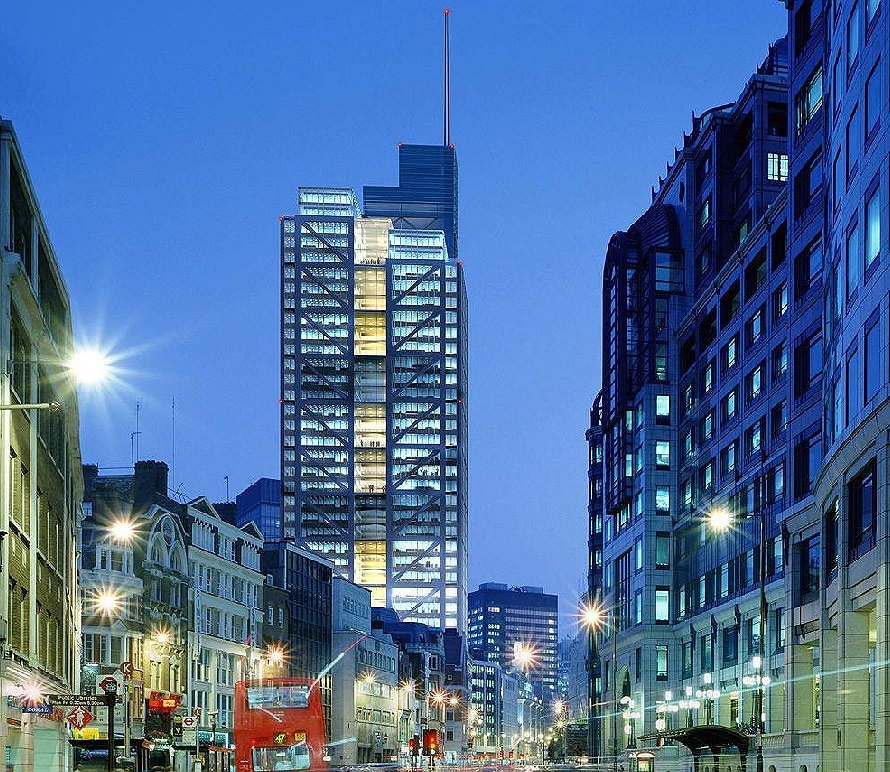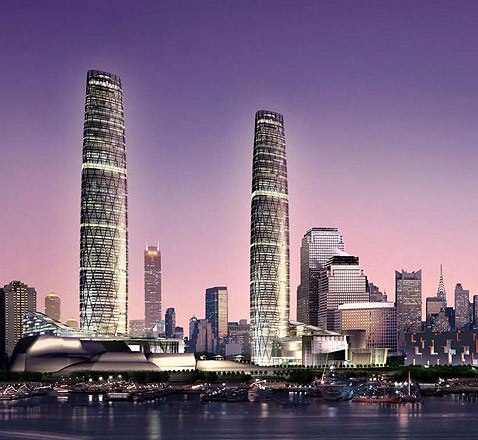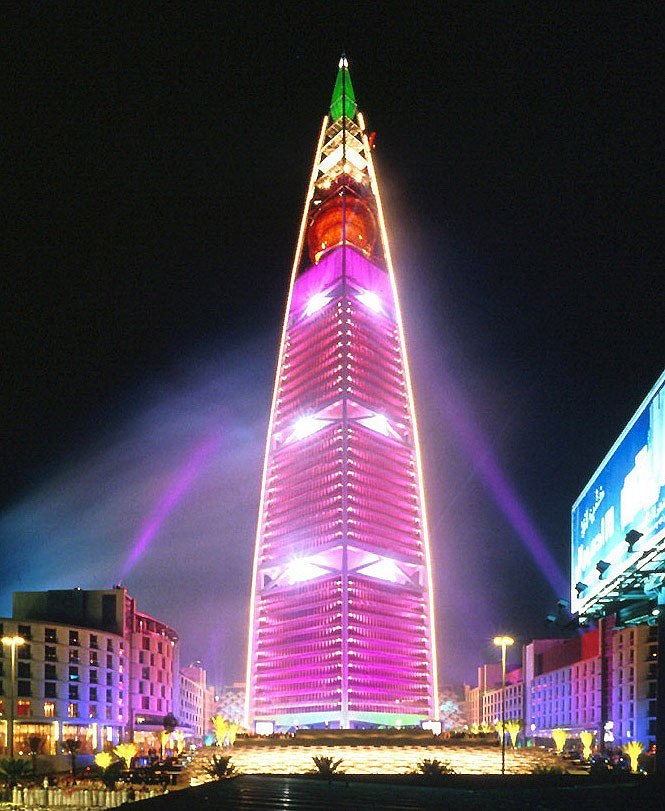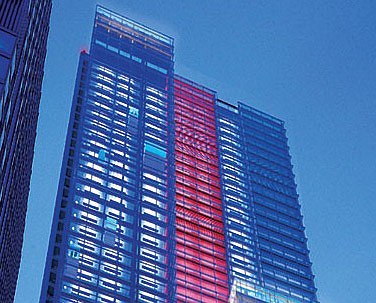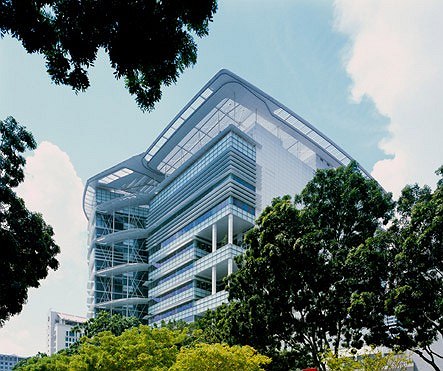Conference has begun according to main architect of the capital A.Kuzmin who has designated the basic questions of high-altitude construction in Moscow - where to build, as well as for whom? The put questions are more than actual, in connection with arrogant Moscow projects of skyscrapers, and also the begun construction of a tower "Federation" (Peter Shweger, Sergey Choban) and a skyscraper on Mosfilmovskaja (Sergey Skuratov). For qualitative development of city upwards it is necessary to arm with the international experience, and to understand what difficulties we are going to collide with.
The main questions discussed by the speakers of the conference - profitability and ecological compatibility of buildings, safety, a combination of architectural figurativeness and an engineering design, a problem of communication with a historical context and developing aspects of the construction. Architects have discussed many aspects of the skyscrapers - beginning from an origin of skyscrapers up to problems of their existence and multiplication of their number in modern city. «The phenomenon of occurrence of a high-altitude building is connected with the development of modern cities - speaks Lee Polisano (president Kohn Pedersen Fox Associates, the USA) - which constantly grows and starts to consume more grounds, than to it is allocated. Therefore at change of the area of city there is a problem of preservation of quality of a life - which high-altitude buildings can solve». The recipe of high-altitude construction has shown Polisano on an example of business center City of London, which main advantages - good throughput and presence of set of the public zones which are passing through ground floors of offices. Besides it the center considers topography of the district - a medieval context in which it has settled down, is reflected in skyscrapers in the form of the strengthened asymmetry and a variety of kinds.
Chris Wilkinson (Wilkinson Eyre Architects, the Great Britain) has told about what forms can accept a skyscraper and why. By his calculations the best form underlying a high-altitude building, is the triangle with the oblique corners on which pass air streams. This form has been realized in its skyscrapers-twins erected in Shanghai. The design of a building represents a steel grid - that does it cheap enough. The form of the volume is executed by two curves narrowed to a bottom and to top. Elegant, completely glazed towers-twins carry out a role of the gate revealing from the sea. On Wilkinson, the main features of a qualitative high-altitude building is a profitability, modern technologies and an aesthetics.
«Pragmatism - the main sense of a building - speaks architect Toni McLoklin (Buro Happold, the Great Britain), however it is necessary to remember bout a facade because if a facade is bad and uninteresting - it is not important, what is there behind it ». The architect has allocated a basic principle of construction of skyscrapers, having named «Х-1» - that means, if even one base element is lost, all building will be lost. All without exception the western architects are anxious by a problem of economy of energy while, not become reality for the Russian economy - in occasion of which they agree that is easier to lower consumption of energy now, than then to pass to its substitutes.
Graham Stirk, for economy of energy (Graham Stirk, director Richard Rogers Partnership, the Great Britain) offered to create double and threefold glassing of facades and additional photocells which save illumination - they have been applied in his Lights of Tower, and also use of jalousie during the active sun. Ken Yeang (Llewelyn Davis Yeang, the USA - Malaysia) for the same purpose uses system of natural ventilation, used in the Singapore National library where air, getting all over again in the center, independently circulates on all the volume.
One of the main problems of high-altitude construction - monotony of forms and problems with ecology. In reply to it Ken Yeang has offered a variant of a building of the future as forms of vertical city: « why modern buildings are boring and monotonous? - because there is no life in them. Take a city landscape and put it on a vertical! » . The architect offers extensive gardening a building inside and outside - gardens on ledges, on a roof, between rooms that finds ecology and connects a building with an environment. If the customer has a question, what for it is spent for free spaces - it is possible to explain that, that on the one hand, it is an opportunity to increase the useful area, and with another, that it is the most inexpensive decor of a building. For the best embedding of a high building a context of historical building Simon Allford (Allford Hall Monaghan Morris, vice-president RIBA) has offered cutting corners, even those going at the basis and leave on street - that releases movement at the minimal loss of volume of a building. As he said - « the high-altitude building should not be born for the historical center - always it is possible to think up any dexterous course ».
